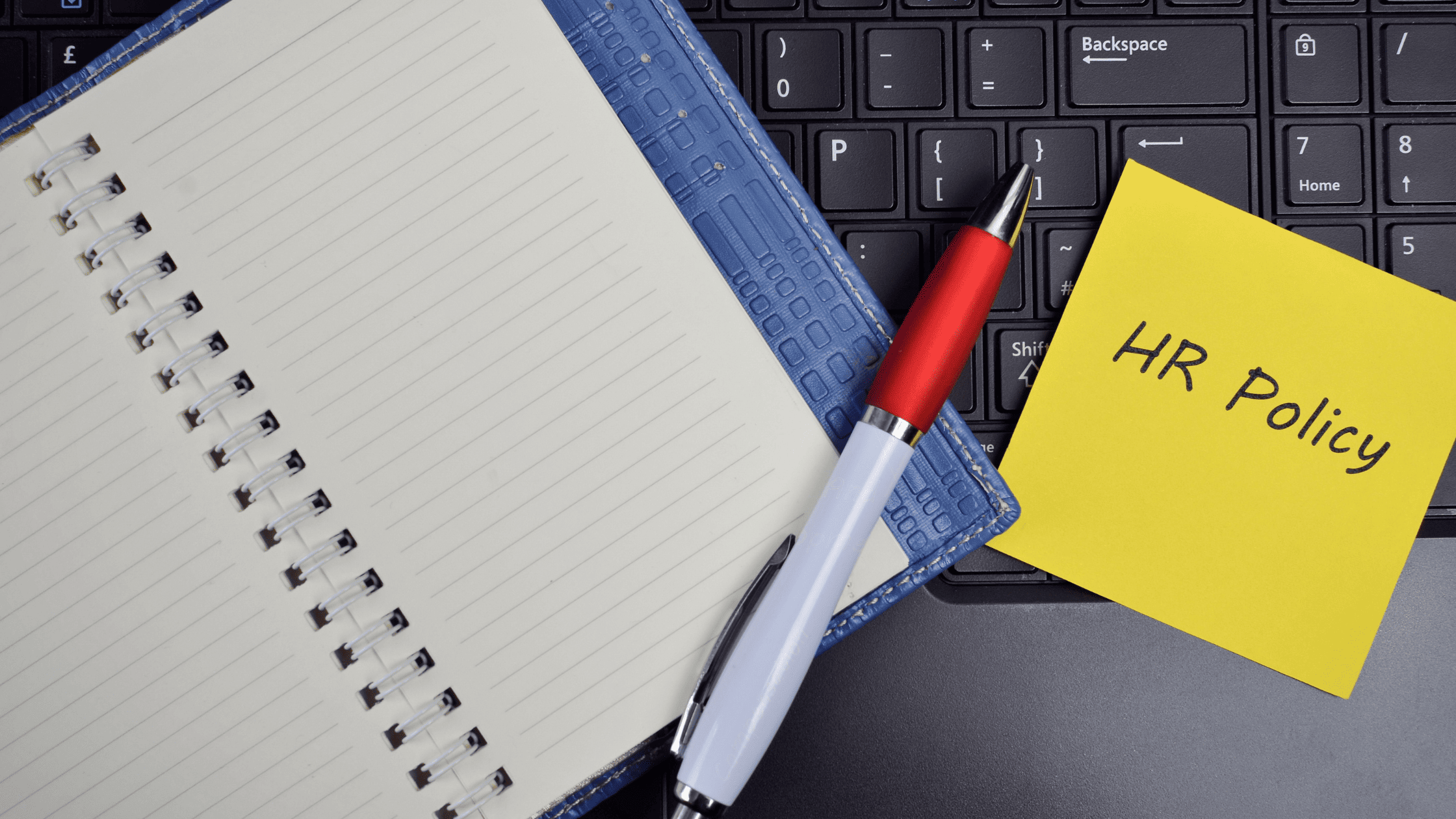Introduction:
The world of human resources is ever-changing, and organizations must continuously update their policies to adapt to evolving needs. However, implementing new HR policies can be a daunting task.
In this blog article, we will explore effective strategies for introducing new HR policies while minimizing resistance and maximizing employee engagement and acceptance.
-
Assess the Need for Policy Changes:
Before implementing new HR policies, it is crucial to assess the need for change. Identify areas where existing policies may be outdated or ineffective and determine the objectives you want to achieve with the new policies.
By understanding the underlying reasons for change, you can clearly communicate the purpose and benefits to employees, making them more receptive to the upcoming adjustments.
-
Communicate Openly and Transparently:
Effective communication is key to the successful implementation of new HR policies. Engage in open and transparent dialogue with employees at all stages of the process. Clearly communicate the reasons for the policy changes, potential impacts, and the benefits they can expect.
Encourage discussion, address concerns, and provide opportunities for employees to ask questions. This open communication ensures that employees feel involved and valued, increasing their willingness to embrace the changes.
-
Involve Employees in the Decision-making Process:
Involving employees in the policy change decision-making process can foster a sense of ownership and empowerment. Seek input from employees through focus groups, surveys, or suggestion boxes, allowing them to contribute their perspectives and suggestions.
This collaborative approach demonstrates that their opinions matter and encourages a more positive reception of the changes.
-
Provide Comprehensive Training and Support:
Introducing new HR policies requires proper training and support. Offer comprehensive training programs to ensure that employees understand the rationale behind the changes and how to comply with the new policies.
Provide resources, such as manuals, webinars, or workshops, to guide employees through the adjustments. Remember to offer ongoing support to address any questions or concerns that arise during the transition period.
-
Foster Two-way Feedback Mechanisms:
A two-way feedback mechanism is essential for continuous improvement and employee engagement. Create channels for employees to provide feedback on the implementation of the new policies. Regularly assess employee satisfaction and gather their insights on how the policies are functioning in practice.
Actively address issues and consider incorporating employee suggestions as appropriate. This feedback loop helps to refine and optimize policies while ensuring that employees feel heard and valued.
-
Appoint Change Champions:
Designate change champions within the organization to promote the new policies and help address employee concerns. These individuals can act as advocates, providing guidance and support to their colleagues.
By leveraging the influence of change champions, you can create a positive atmosphere around the changes and encourage wider adoption.
-
Evaluate and Adjust:
Regularly assess the effectiveness of the newly implemented HR policies. Collect and analyze data to measure the impact on employee satisfaction, productivity, and overall organizational performance.
Use this data to make informed adjustments as needed. By continuously evaluating the policies and making necessary tweaks, you can ensure their long-term success.
Conclusion:
Implementing new HR policies can be a complex process, but with careful planning, open communication, and employee involvement, it is possible to achieve a smooth and successful transition.
By considering the needs of the organization and its employees, providing comprehensive training and support, and fostering a culture of two-way feedback, organizations can implement new HR policies effectively, creating a positive work environment and driving overall success



